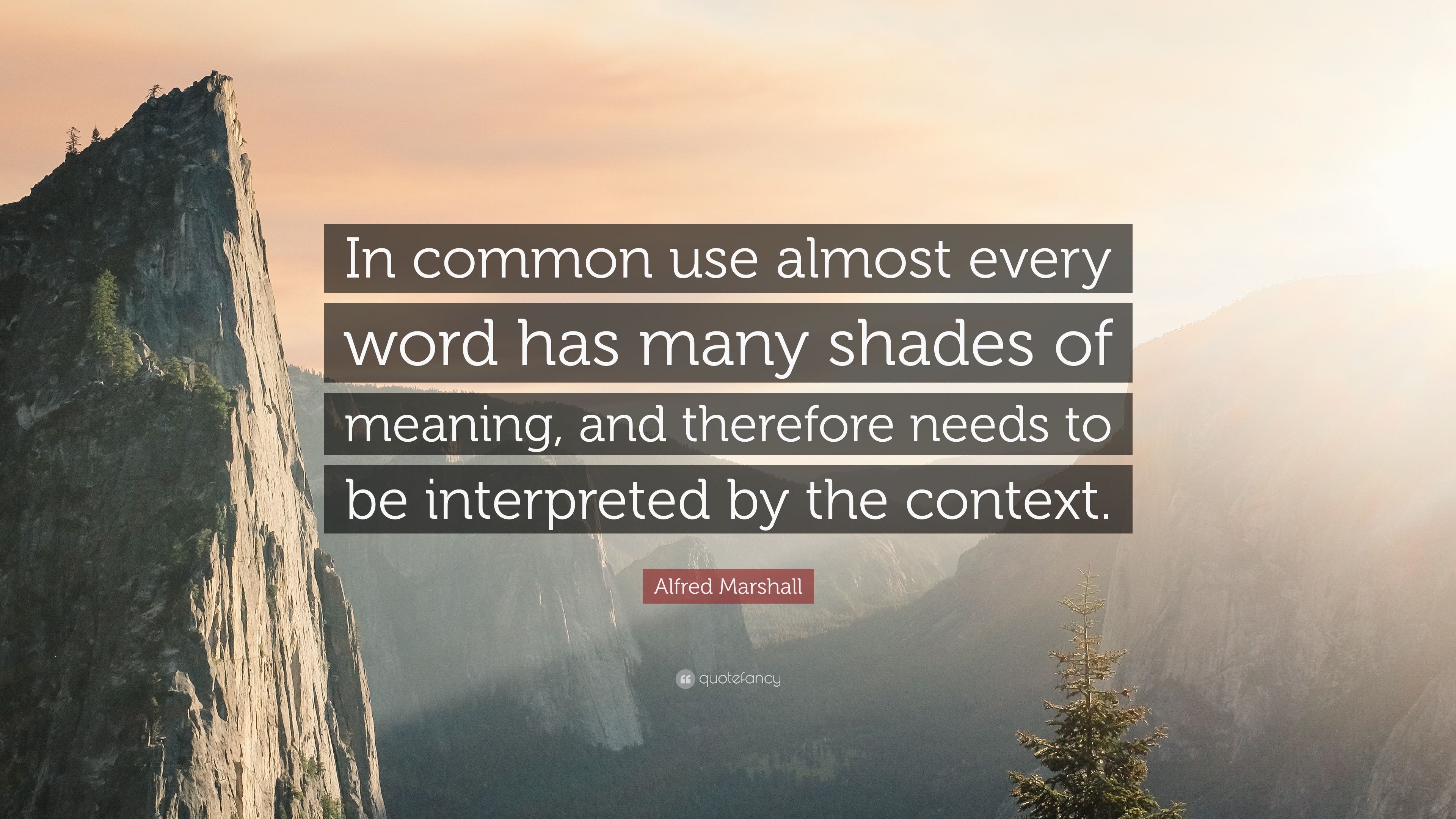The History and Origins of “Shakes the Clown”

The phrase “Shakes the Clown” might sound like something out of a circus, but its origins are surprisingly rooted in popular culture, particularly in the realm of comedy and film. While the exact origins of the phrase are somewhat hazy, its journey through popular culture is a fascinating one.
The Evolution of “Shakes the Clown”
The phrase “Shakes the Clown” is believed to have emerged in the late 1980s, likely as a slang term for a clumsy or inept person, especially in comedic contexts. It gained further traction with the release of the 1991 film “Shakes the Clown,” a dark comedy directed by Bobcat Goldthwait. The film featured a struggling clown named Shakes, played by Goldthwait himself, whose life was a chaotic and often tragic mix of failed gigs, personal struggles, and encounters with the absurd.
The Impact of “Shakes the Clown”
The film’s unconventional humor and dark themes resonated with some audiences, while others found it off-putting. However, it cemented the phrase “Shakes the Clown” as a pop culture reference for a character who is both funny and tragic, and often operates on the fringes of society. The film’s influence can be seen in the way the phrase is used to describe characters or situations that are both comedic and disturbing.
The Influence of Bobcat Goldthwait
Bobcat Goldthwait’s role in popularizing the phrase “Shakes the Clown” is undeniable. His comedic style, which often blends dark humor with physical comedy, resonated with a specific audience. Goldthwait’s own persona, both on and off-screen, contributed to the phrase’s association with a certain type of comedic outsider.
The Phrase’s Continued Relevance, Shakes the clown
While the phrase “Shakes the Clown” might not be as widely used as it was in the 1990s, it remains a relevant pop culture reference for those who appreciate dark humor and unconventional characters. Its continued use is a testament to the enduring power of Goldthwait’s film and the phrase’s ability to capture a specific comedic sensibility.
Interpretations and Meanings: Shakes The Clown

“Shakes the Clown” is a phrase that has sparked a multitude of interpretations and meanings, depending on the context in which it is used. From its origins in the cult classic film “Shakes the Clown” to its adoption as a slang term, the phrase carries a diverse range of implications.
Interpretations of “Shakes the Clown” in the Film
The film “Shakes the Clown” itself is a complex and multifaceted work, offering various interpretations. Some viewers perceive it as a dark comedy exploring the absurdity of life and the struggles of a struggling clown, while others see it as a satire of societal norms and the pressures of the entertainment industry. The film’s unconventional narrative and unconventional characters have contributed to its enduring cult following.
“Shakes the Clown” as a Slang Term
In popular culture, “Shakes the Clown” has become a slang term, often used to describe someone who is clumsy, awkward, or generally inept. The phrase carries a humorous connotation, implying a lack of coordination or social grace. For example, someone might say, “He tripped over his own feet, what a Shakes the Clown!”
The Cultural and Social Significance of “Shakes the Clown”
The phrase “Shakes the Clown” has become a cultural touchstone, representing a certain type of outsider or underachiever. It reflects a fascination with the underdog and the comedic potential of awkwardness. The term has also been used to critique societal expectations and the pressures to conform.
Artistic and Creative Expressions

“Shakes the Clown” has proven to be a surprisingly fertile ground for artistic expression, inspiring a variety of creative works that explore the phrase’s dark humor and existential implications.
Examples of Artistic Uses
The phrase has been used in various artistic mediums, demonstrating its enduring cultural impact.
- Music: The phrase “Shakes the Clown” has been referenced in numerous songs, often with a satirical or melancholic tone. For example, the band “The Offspring” used the phrase in their song “Come Out and Play,” a song that reflects on the absurdity of life and the need for self-expression.
- Literature: The phrase has also appeared in novels, short stories, and poems, often as a metaphor for the human condition or the challenges of finding meaning in a chaotic world. For instance, the novel “The Catcher in the Rye” by J.D. Salinger features the phrase in a conversation between Holden Caulfield and his friend, symbolizing the characters’ disillusionment with the adult world.
- Visual Arts: “Shakes the Clown” has also found its way into visual art, inspiring paintings, sculptures, and installations that explore themes of laughter, tragedy, and the human condition. One example is a painting by the contemporary artist Banksy, which depicts a clown with a sad expression, holding a sign that reads “Shakes the Clown,” reflecting on the irony of a clown’s job and the reality of their often-tragic lives.
